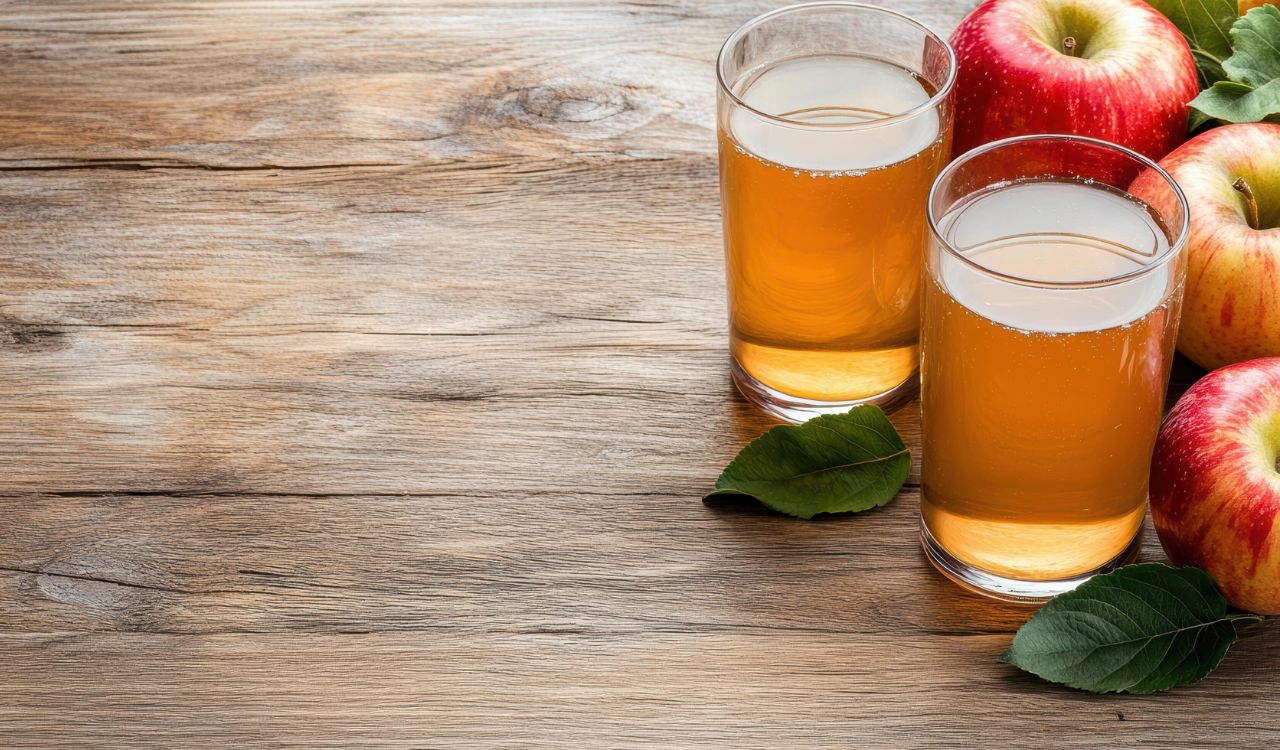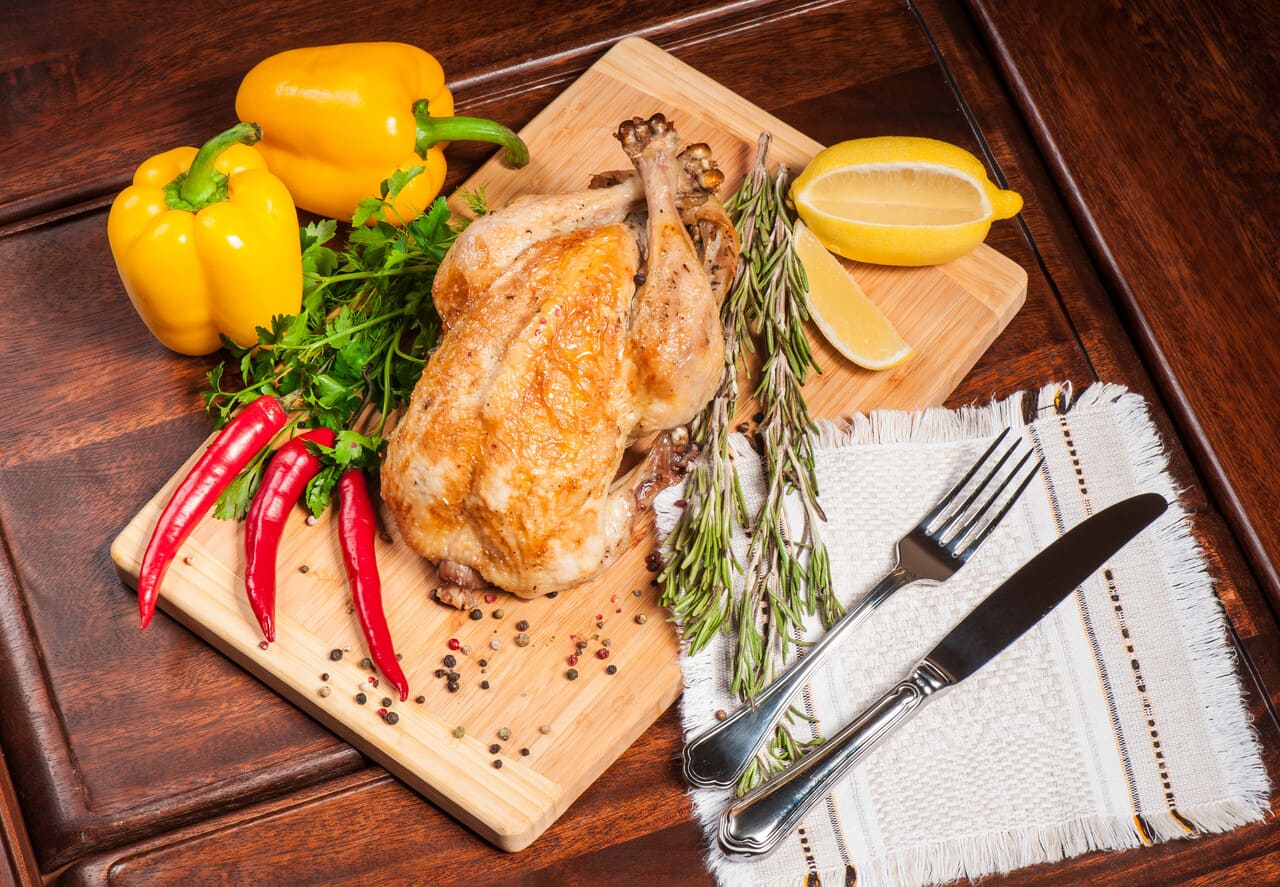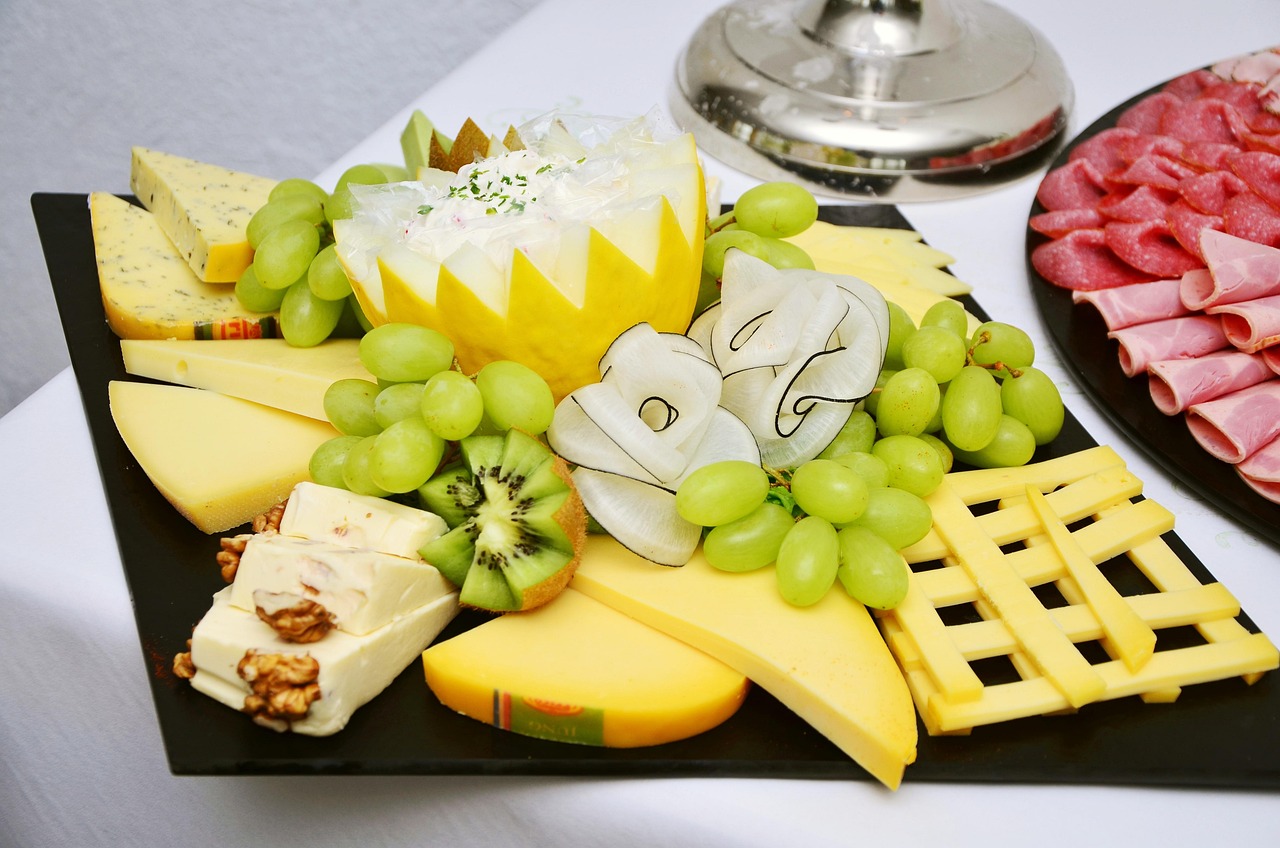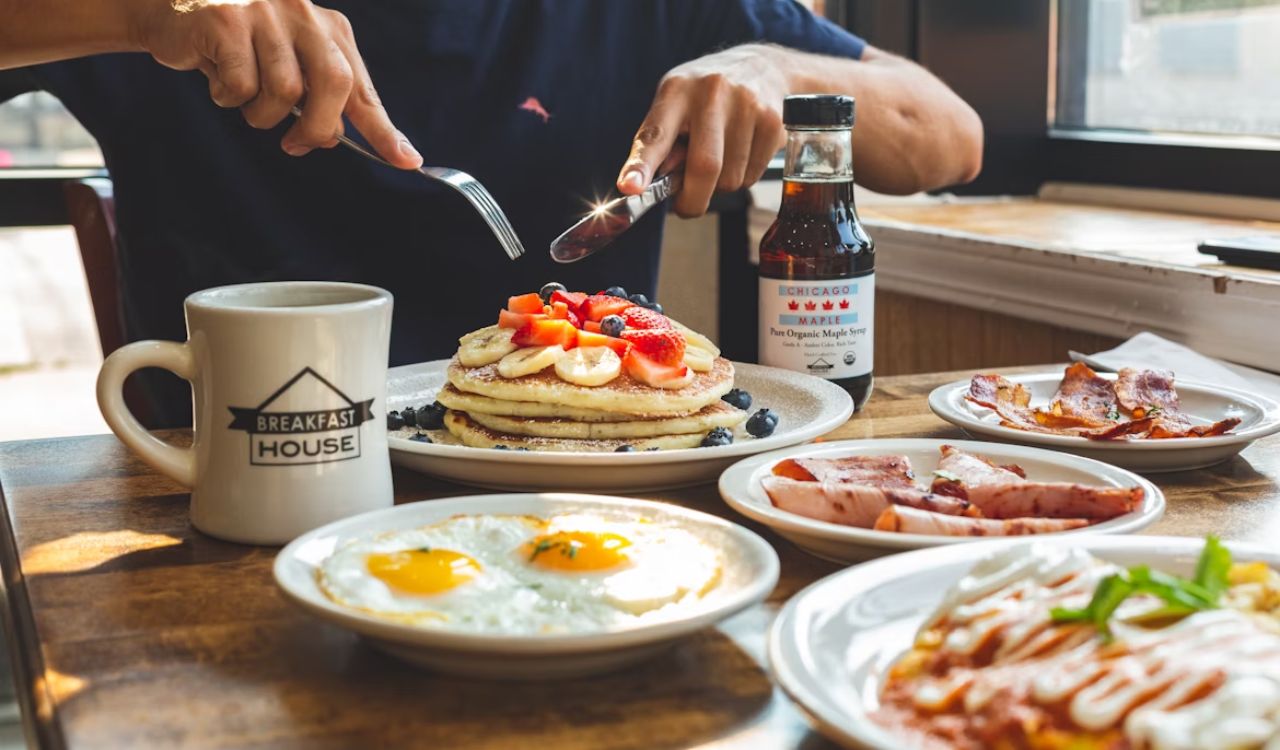I Tried the 54321 Grocery Shopping Trick and Here’s Why I’m Sticking With It

Grocery shopping looks simple on the surface, but it can get overwhelming fast. Prices keep changing, layouts shift, and it’s easy to walk out with a full cart but nothing useful when you get home. I needed something that made the whole process calmer and more intentional without taking extra planning or complicated meal prep.
Here’s the thing: the 5-4-3-2-1 method isn’t a diet, challenge, or restriction. It’s a loose structure that politely forces you to think before grabbing random snacks. After trying it for a month, I spent less time wandering aisles, saved money, and bought food that actually turned into meals.
This method gave me a simple system I could use even when I was tired, hungry, or rushed. Instead of staring at shelves unsure what to buy, I had a roadmap that kept me focused. And the best part is that it works for any eating style, household size, or budget without changing your personal preferences.
By the end of week two, I stopped losing ingredients in the back of the fridge and started running out of food at the right time: when I wanted to restock, not when something spoiled.
What Is the 5-4-3-2-1 Grocery Method?
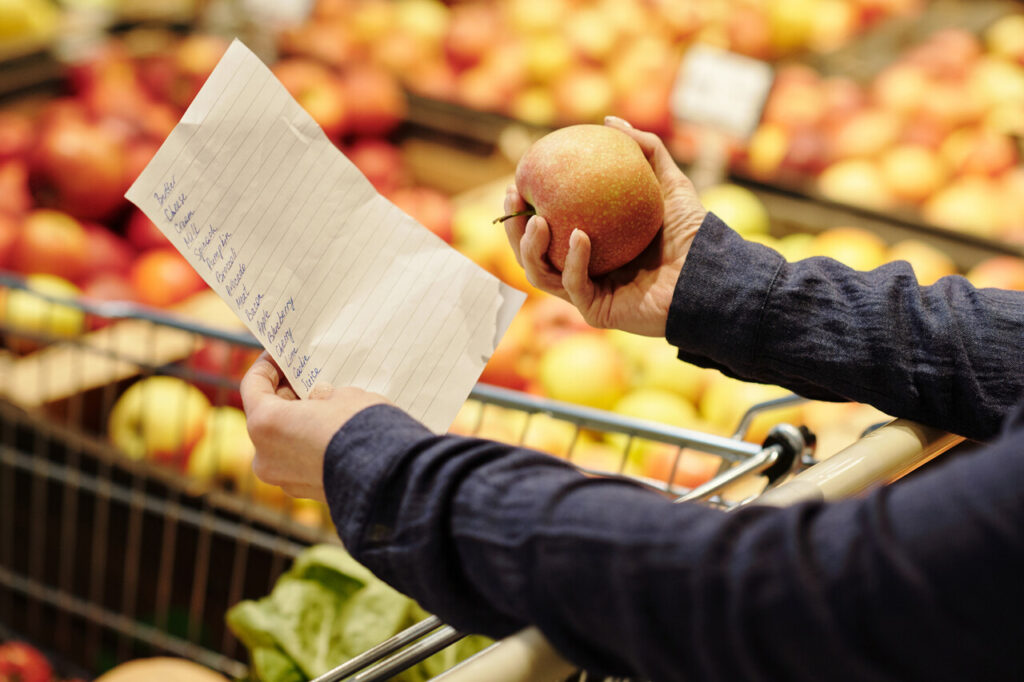
Before walking into the store, the framework sets guardrails: 5 vegetables or produce items, 4 fruits, 3 proteins, 2 snacks, and 1 special item. It’s not a rulebook but a template that keeps emotions and cravings from steering the cart. With a clear structure, you get variety without turning the trip into a budgeting spreadsheet.
It also encourages balance without banning anything. If you want chocolate as the special item, go for it. If the snack category becomes granola bars and pretzels, fine. The point is that everything has a small boundary that forces you to choose intentionally rather than blindly load up.
After a few trips, you notice you naturally mix up meals, rotate ingredients, and avoid the two massive issues most shoppers face: overbuying and forgetting what you already have.
Why It Works in the Real World
The reason most grocery plans fail is that they require decision-making before you even reach the store. This one is simple: it kicks in when you’re there and helps you think clearly even on autopilot. Instead of impulse or habit guiding the cart, the framework keeps things grounded.
It also reduces stress by keeping the shop focused. There’s always the next category to fill, so you don’t idle in front of a freezer case trying to remember what you need. The structure keeps you moving while still letting you choose spontaneously.
Most importantly, it’s flexible. Whether you cook daily or mostly eat prepared foods, the categories still apply and make sense in a real-life way.
5 Produce Items
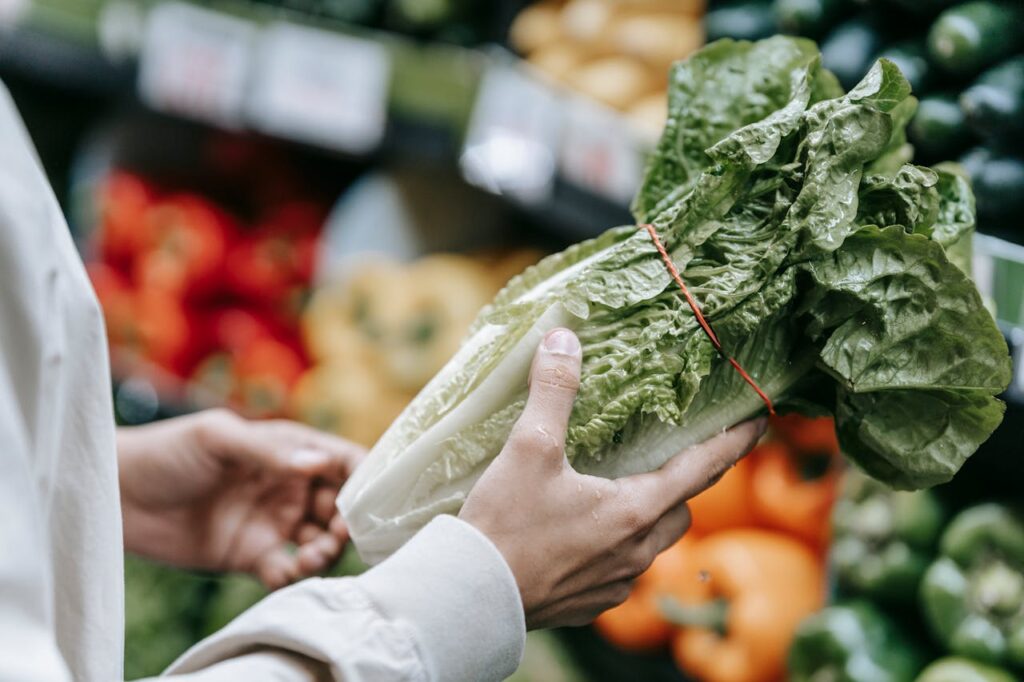
Produce is usually where healthy intentions go to die: you overbuy, forget half of it, and compost the rest. I found that focusing on five items gave variety without pressure. It pushed me to think in pairs: onions and peppers, spinach and mushrooms, carrots that go with anything.
Once I had a loose plan in my head, I cooked more because the ingredients looked useful instead of intimidating. The small limit means you only take what you’ll actually cook, and that makes a huge difference.
How I Pick Produce
I aim for a mix of leafy greens, all-purpose vegetables, and one or two that inspire a meal.
I still stay flexible, but focusing my choices feels smarter and easier.
What This Looks Like in the Cart
Spinach, broccoli, mushrooms, onions, and tomatoes.
Nothing fancy, just realistic and versatile.
4 Fruits
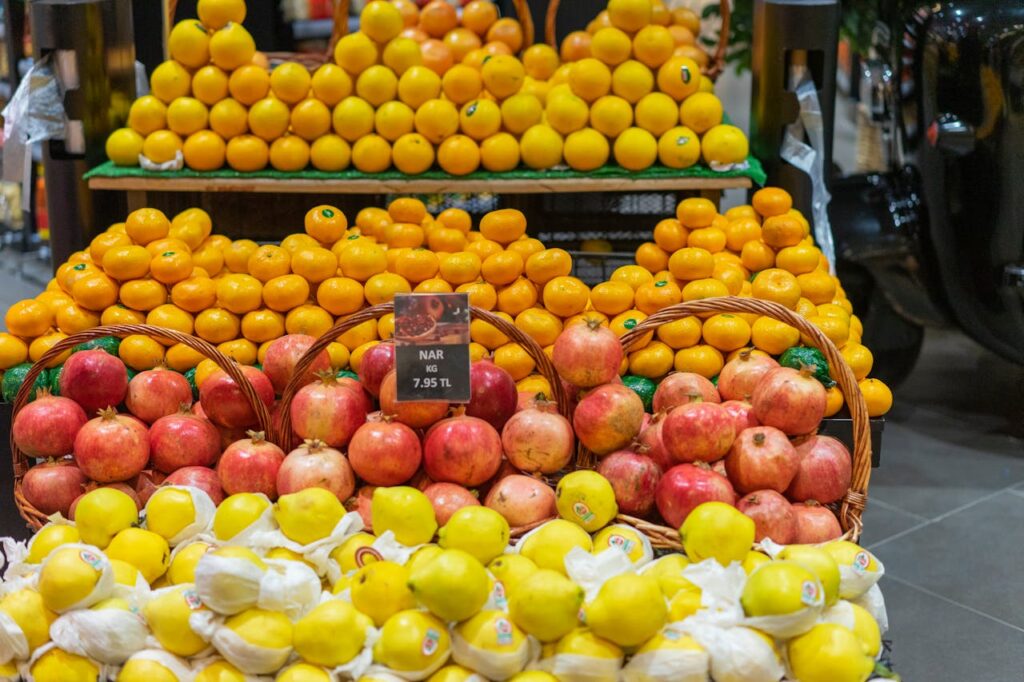
Four fruits give versatility but prevent the “giant bowl that never empties” problem. One becomes grab-and-go, one pairs well with breakfast, another works for snacking, and the last might be something seasonal.
Why This Number Works
It gives options without setting you up to throw away overripe produce.
How I Choose
I usually go with bananas, apples, berries, and one item that feels fun that week.
3 Proteins

The Real Meal Builders
This category changed the entire way I shop. Three proteins mean I can plan in my head without writing anything down: one versatile option, one faster-cooking option, and one that feels different enough to keep meals interesting.
A Simple Balance
Something lean, something fast, something fun.
How I Mix It
Chicken breast, tofu, and salmon.
Or ground beef, eggs, and chickpeas.
Whatever suits the week.
2 Snacks

Snacks were always my weak spot. A long day plus a brightly lit store shelf usually meant too much ended up in the cart. Limiting myself to two meant I could still indulge without letting mood or hunger drive the shop.
My Approach
Something crunchy, something sweet.
That’s enough.
Why It Helps
I enjoy treats more because choosing them feels intentional, not chaotic.
1 Fun Item

This is the category that keeps the system human. One special item, no rules. It might be a new ice cream flavor, a craft beverage, a fancy dip, or that chocolate bar you always eye but never grab. Limiting it to one makes it feel intentional and enjoyable.
Why It Matters
Life is more fun when there’s room for pleasure, not just utility.
How I Choose
Whatever makes that week feel a little brighter.
Final Thoughts: A Small Structure That Changed Everything
The 5-4-3-2-1 method works because it’s simple enough to follow even when you’re tired or stressed. It keeps carts from overflowing, reduces waste, and makes cooking easier by default. After a month, I felt less pressure around shopping and more clarity in the kitchen. Sometimes the smallest frameworks really make the biggest difference.


